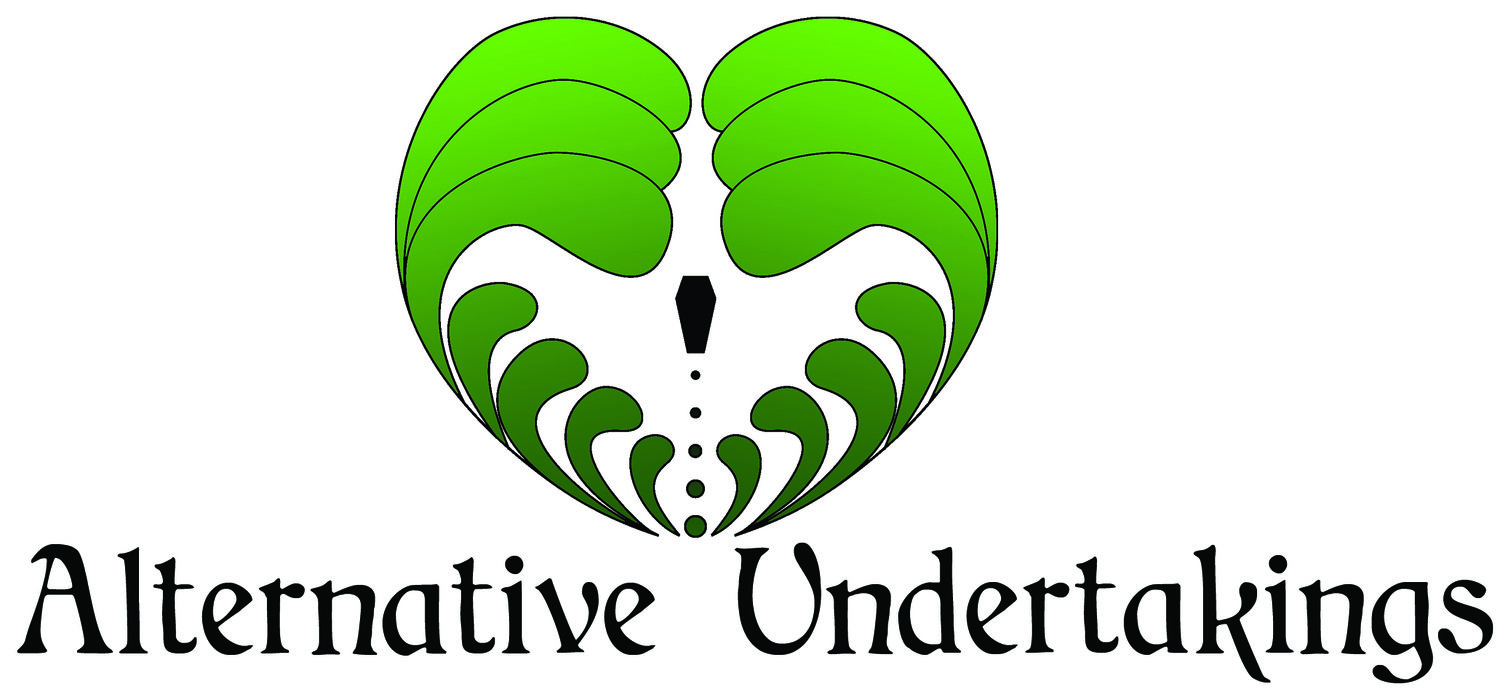Why do we embalm our dead?
In one form or another, the embalming of a dead body has been practiced in different locations for thousands of years. In some respects, the modern American equivalent is just a continuation of tradition. However, tradition for tradition’s sake is a hollow virtue. So, why do we embalm our dead?
The ka and ba needed to be able to return to the ha, necessitating mummification and a mortuary temple. Image CC0 from Pixabay
In many of the ancient cultures that practiced embalming, such as ancient Egyptian, it was spiritually and religiously necessary to preserve the body. If there was not a body, then the ka—a person’s spiritual double and a portion of the human soul—would have no home in which to return and rest. Further, if the body did not resemble the person enough, the ka might not recognize it, and end up wandering the earth to a horrible end. Given this belief structure, embalming makes sense as a cultural practice. However, outside of Kemetic Reconstructionism, the majority of religions, particularly in the United States, have no religious or spiritual need for an embalming to be performed. This brings us back to the original question; why do we embalm our dead?
The sad reality is that embalming has become standard because of the funeral industry. After the Civil War, morticians were increasingly seen as a necessary element of the funeral process. Certainly, having a service provider to help the bereaved through the steps required in handling a corpse is immensely beneficial: grief-stricken individuals are not in a mindset that will allow them to think clearly and logically through the more mundane tasks that follow a death. Unfortunately, these early morticians set themselves up as the end-all-be-all of funeral customs, and their most precious—and profitable—practice centered on embalming. Naturally, then, it has been in their own best interest to allow a misconception to remain in place for as long as possible.
Even as late as 2006, funeral director Ron Hast criticized many mortuary schools for continuing to teach that embalming protects public health. This is completely contrary to what the Centers for Disease Control (CDC) report. In fact, the CDC has never prescribed embalming as a public health measure. Hast concluded that anyplace in the United States that requires embalming under the guise of public health safety was either operating under an unfounded claim, or else politically motivated.
Sometimes, confronting the reality of the situation is important. Image CC0 from Pixabay
Some people insist that the viewing of the dead body is a necessary part of the grieving process (there is debate around this fact). In this argument, the logical extension is that the bereaved need to see their loved one “at peace” and, therefore, the body needs to be artificially set up to look exactly as they did in life. At the same time, however, it can be argued that seeing a loved one looking as though they are just asleep—the rosy-cheeked, plump faced appearance of the living—could be just as damaging to the mourners, though more subtly so, than being faced with a cleaned, but not cosmetically enhanced, cadaver. It is possible that viewing an unaltered body could cause feelings of horror and even psychological trauma, particularly in the case of tragic deaths. Yet, isn’t there an equal risk of trauma caused by denying the existence of death, and interring a body that looks as if it might awaken at any moment? Indeed, a study published in the BMJ (British Medical Journal) reports that the desire (and, therefore, need) to see the body of a loved one, even in the case of traumatic death, is highly personal. Some people may not want to see their dead because they want to remember how they looked in life, others may very much need to see their dead exactly as they appear after their death to be sure it’s them, or to dispel imagined horrors. A part of this study’s conclusions notes that “almost all of those who chose to see the body said that they had made the right decision, even if they had seen injuries, bruising, or signs of decomposition,” which would seem to indicate that a potential component of the grieving process is destroyed by steering the bereaved to wait to see the body until after it has been embalmed and returned to picture-perfect.
Given all of this—the knowledge that embalming is not actually required for health reasons (though legality is potentially an issue) and that even in the face of traumatic, disfiguring deaths, the needs of the grievers don’t always hinge on how beautiful and lifelike the corpse appears—why do we embalm our dead? The unfortunate truth is that the funerary industry in the United States is founded on the belief that embalming must be done: that it is the foundation of the funeral business. So much so, that funeral director and blogger Caleb Wilde wrote that “Our preaching is so religious that when someone questions the value of embalming, some funeral directors kinda freak out like we’re questioning the very existence of God.”
Image CC0 from Pixabay
This belief of the morticians—that embalming is essential to the American death ritual—is then foisted onto those who turn to them for their professional help. When a person’s grief is fresh, their mental state isn’t in the best shape to be making significant decisions, yet they have no choice but to place their trust in the hands of an industry committed to “traditional” funerary customs based on modern embalming. It might not be intentionally malicious, but it’s hard to deny that ultimately, the reason we embalm our dead is because it’s easy to profit off the bereaved.
